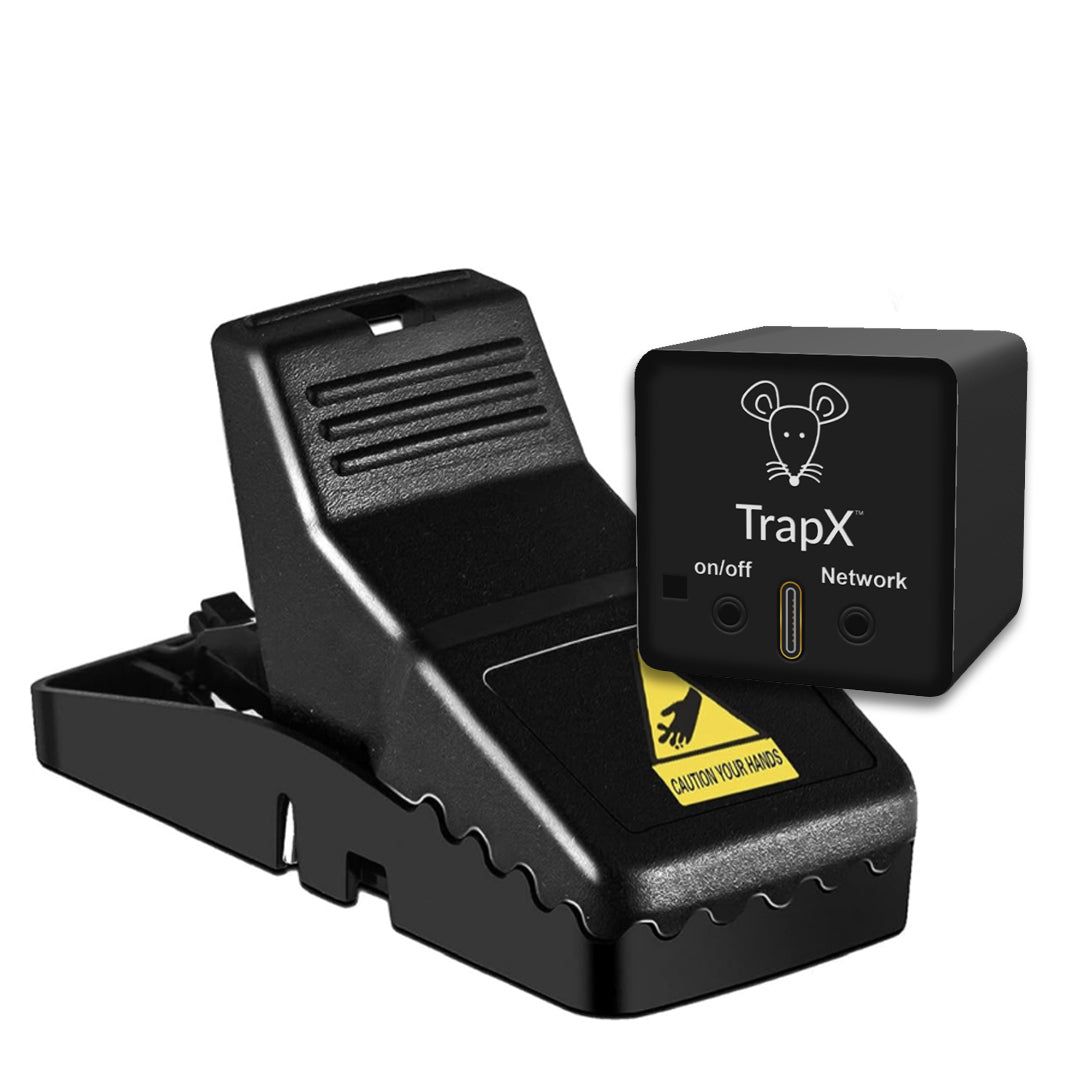Rat Trap vs Mouse Trap: Which is More Effective for Rodent Control?
Share
The battle of supremacy between rat traps and mouse traps in the arena of pest control is an ongoing one, often leaving homeowners in a conundrum when faced with a rodent infestation. Both traps have their unique strengths and weaknesses, and their effectiveness can fluctuate based on the circumstances. This article aims to delve deeper into the characteristics of each trap and assess their effectiveness to aid you in making the right decision for your rodent control needs.

Digging Deeper into Rat Traps
Rat traps are specially crafted to ensnare and exterminate rats, which are substantially larger and stronger than mice. These traps are typically larger and sturdier to accommodate the size and strength of rats. The most prevalent types of rat traps include snap traps, glue traps, and electronic traps. Each type has its unique mechanism, but the end goal is the same - to swiftly and humanely eliminate the rat once it takes the bait.
Rat traps excel in their ability to catch and kill rats. The potent spring-loaded mechanism in snap traps ensures a speedy and humane kill, minimizing the rodent's suffering. Furthermore, rat traps are reusable, making them a cost-effective solution for long-term rodent control. However, setting up and baiting rat traps can be a bit challenging as rats are cautious creatures. It may require some experimentation to find the right bait and placement that will lure rats to the trap. Additionally, rat traps can be somewhat bulky, limiting their use in smaller spaces.

Delving into Mouse Traps
Mouse traps, conversely, are designed to capture and kill mice. Being smaller and less powerful than rat traps, they are suitable for smaller rodents. The most common type of mouse trap is the snap trap, which uses a spring-loaded bar to snap shut and kill the mouse once it takes the bait.
Mouse traps are simpler to use compared to rat traps. They are easy to set up and bait, and they can be placed in various locations where mice are likely to travel. They are also relatively inexpensive, making them a cost-effective solution for short-term rodent control. However, mouse traps may not be effective in capturing and killing rats. Rats, being larger and stronger than mice, may escape from a mouse trap or trigger it without getting caught. If you are dealing with a rat infestation, it is recommended to use rat traps for better results.

Making the Right Choice
The decision between a rat trap and a mouse trap largely hinges on the type of rodent infestation you are dealing with. If you are dealing with rats, rat traps would be the most effective. They are designed to handle the size and strength of rats, making them more effective in capturing and killing these larger rodents. Conversely, if you are dealing with mice, mouse traps would be sufficient. They are smaller and less powerful, but they can effectively capture and kill mice. They are also easier to set up and bait, making them a convenient option for dealing with smaller rodents.
Regardless of the type of trap you choose, it is crucial to remember that traps alone may not completely eradicate a rodent infestation. They should be used in conjunction with other rodent control methods, like sealing entry points and maintaining a clean environment. For more information on rodent control, feel free to visit our blog posts on rodent infestation, rat infestation, and rodent control. You can also learn about ant infestation and d-con mouse traps from our other articles.
Conclusion
In conclusion, the choice between a rat trap and a mouse trap depends on the specific rodent problem you are facing. Rat traps are more suited for dealing with rats, while mouse traps are more convenient for dealing with mice. By understanding the differences between these two types of traps, you can make an informed decision and effectively control the rodent population in your home or property. If you need to purchase a trap, you can make your purchase here.
Jan10.chat.1pass.general public.rat trap vs mouse trapAs an Amazon Associate, I earn from qualifying purchases.
